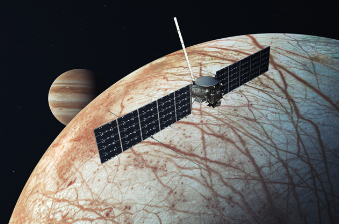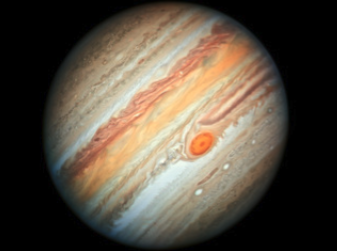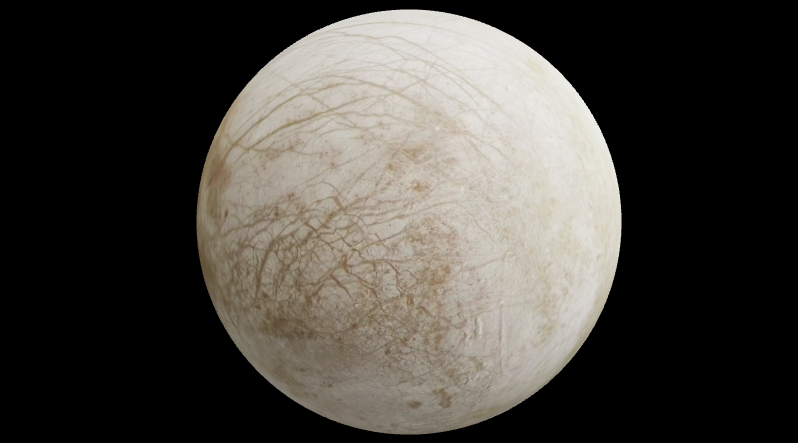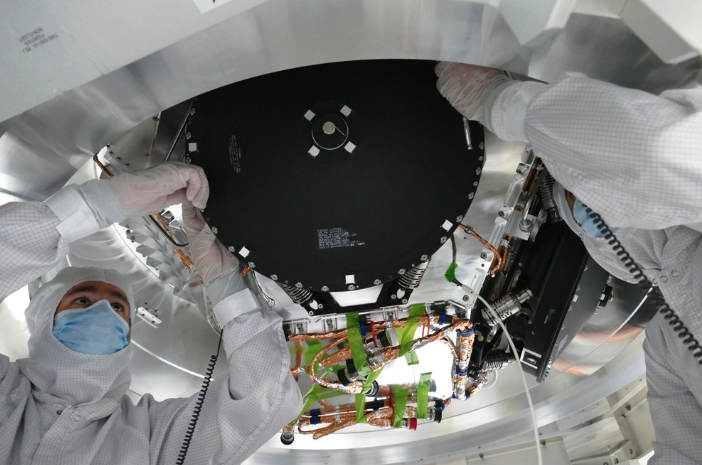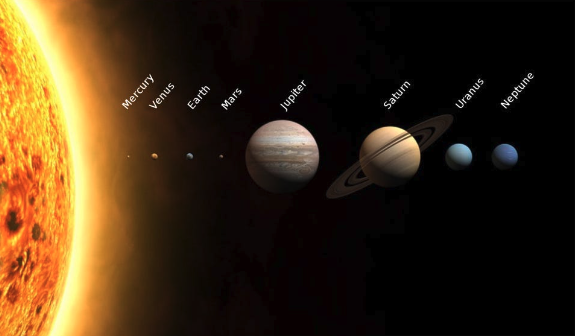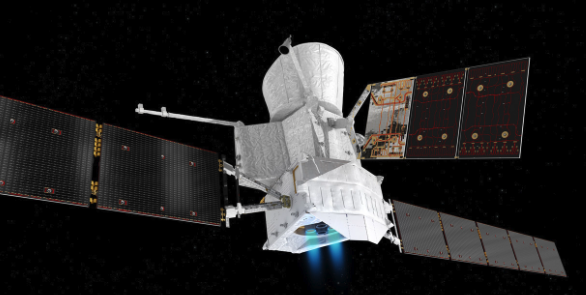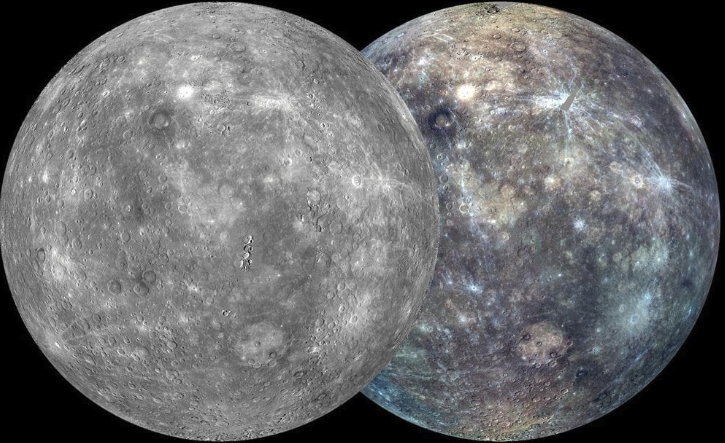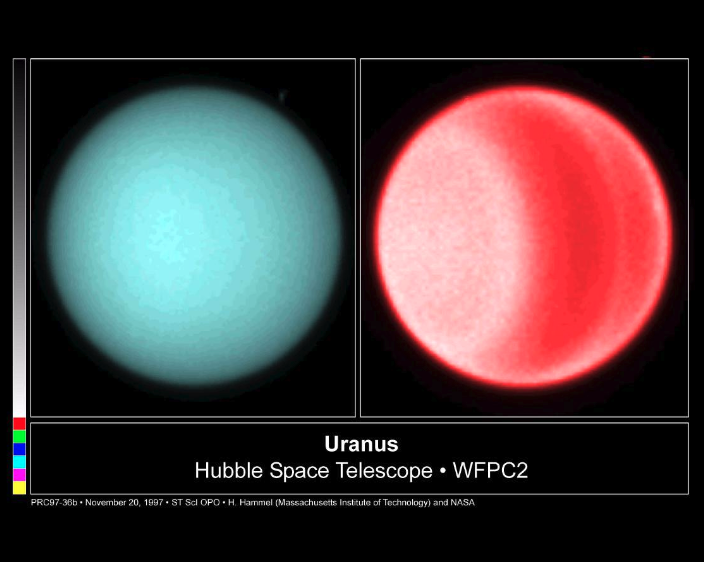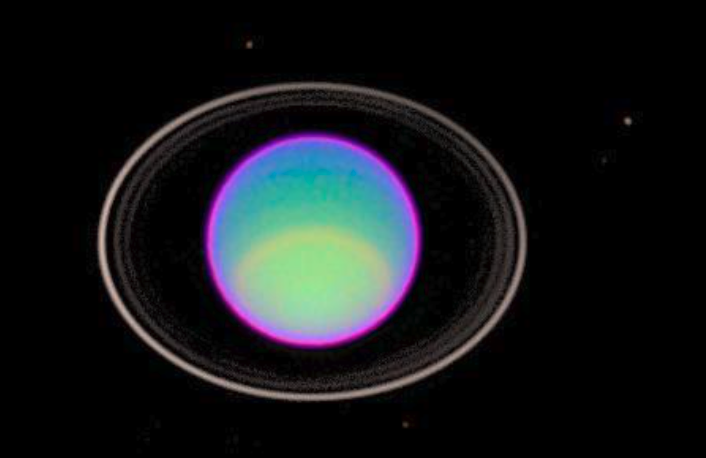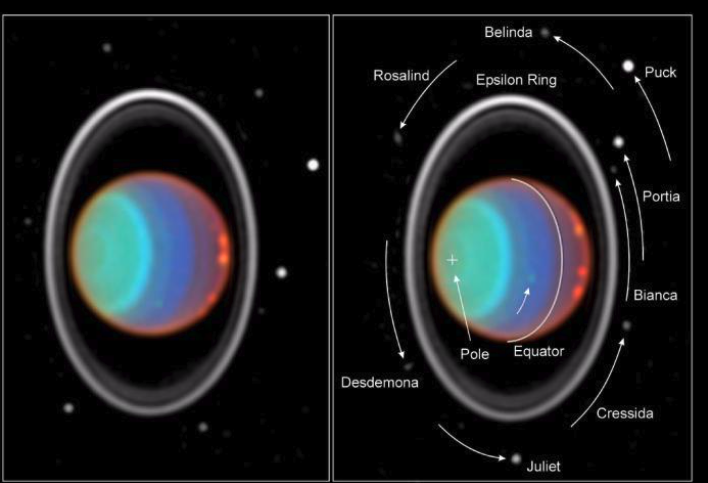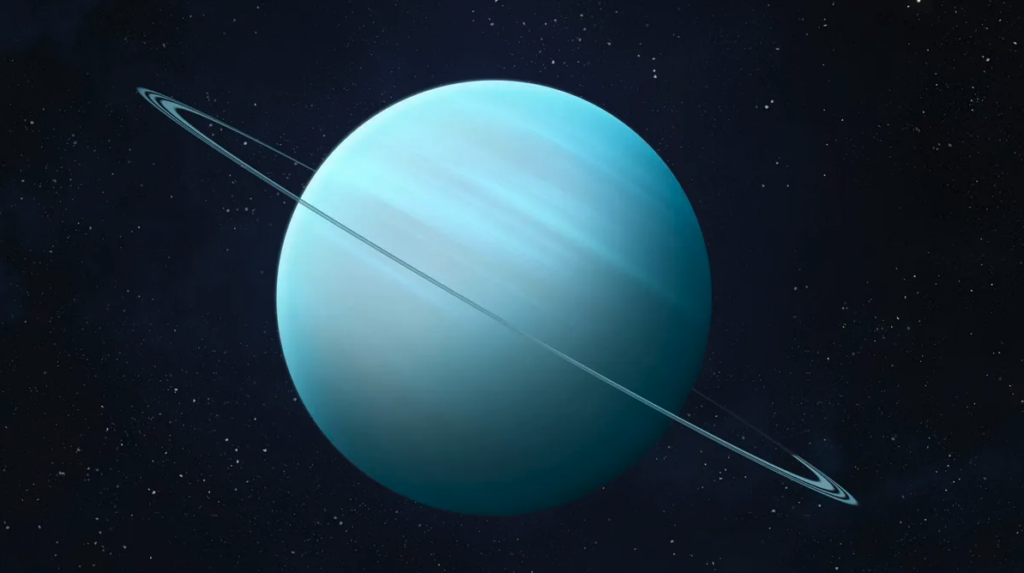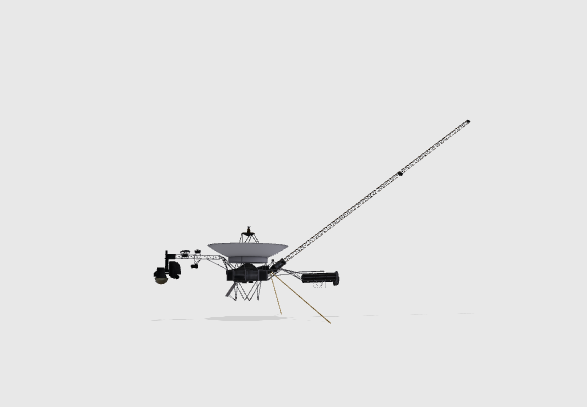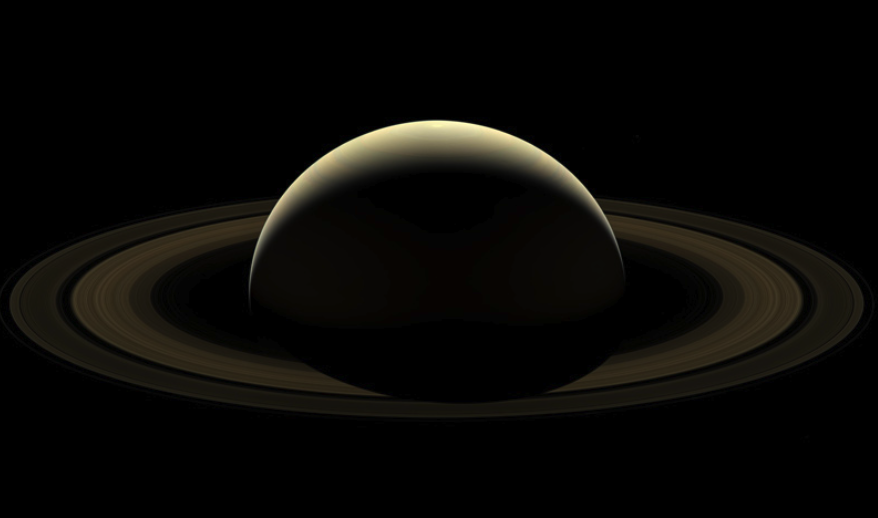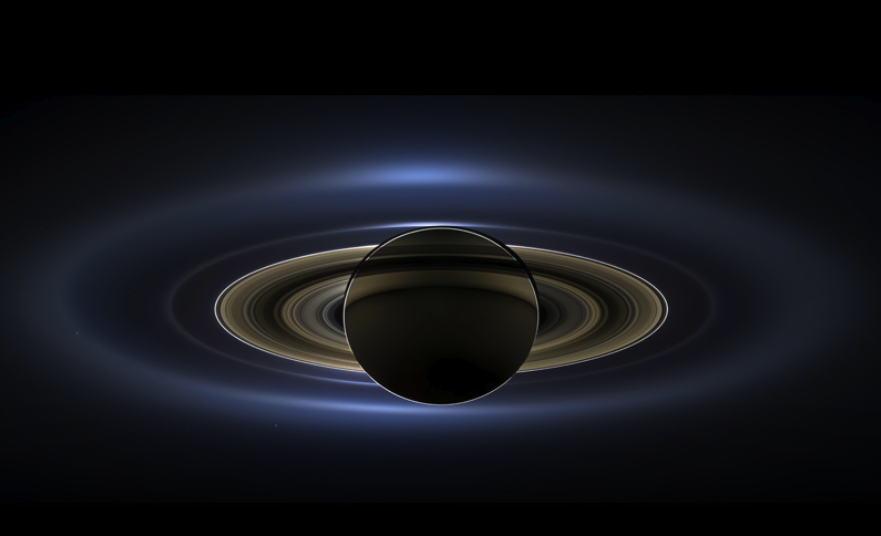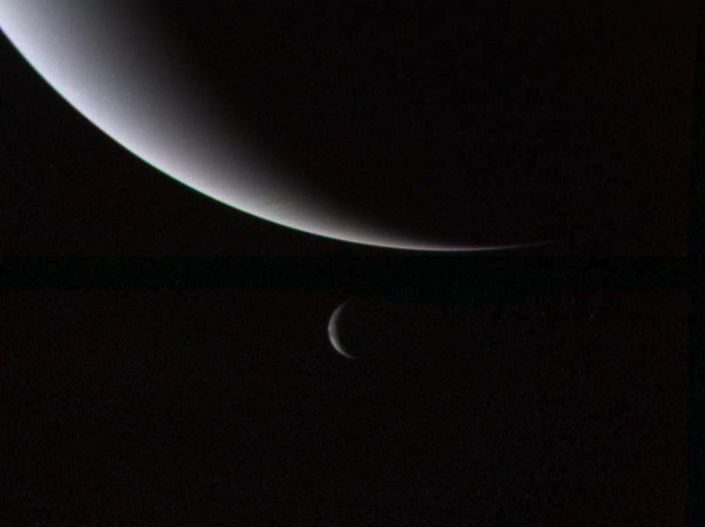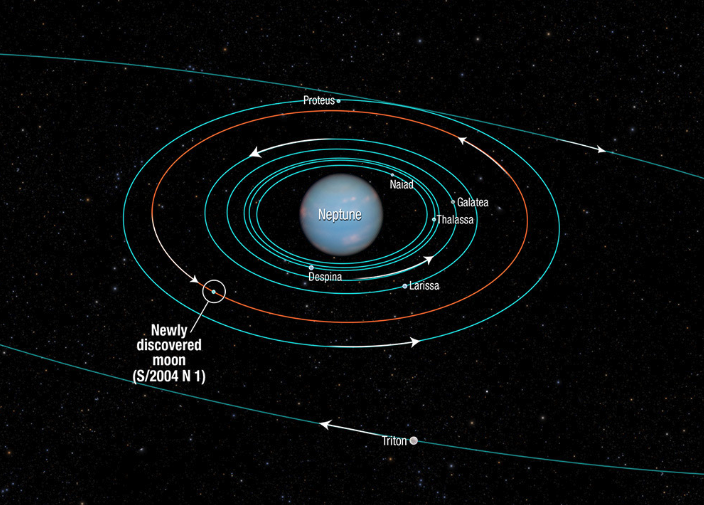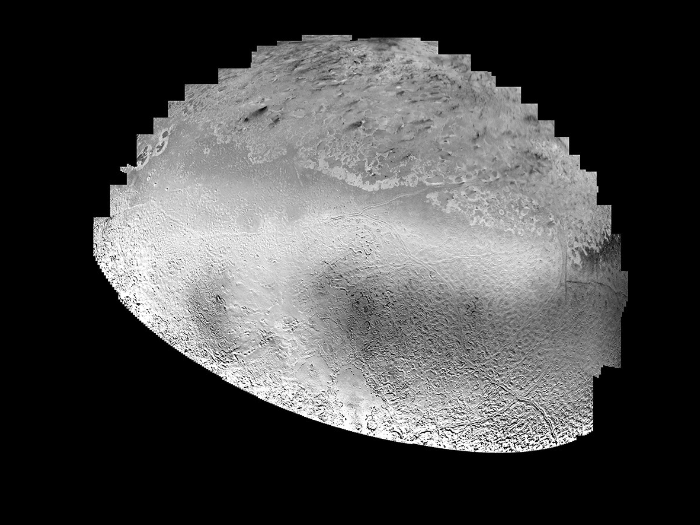JUICE: The Fascinating Launch That Could Change The Way We Look At Jupiter’s Moons Forever
The European Space Agency (ESA) heads for Jupiter in 2023! The spacecraft will launch from South America and arrive at Jupiter in 2031. After orbit insertion at Jupiter, the spacecraft will spend three years observing both Jupiter and three of its largest moons.
The mission is the first “large class” mission in the ESA’s Cosmic Vision 2015-2025 program. JUICE (JUpiter ICy moons Explorer) is the ESA’s project. The spacecraft will spend seven or eight years traveling toward Jupiter with a tentative arrival date/Jupiter orbit date of 2031.
The mission will conclude when the spacecraft intentionally crashes into one of Jupiter’s moons.
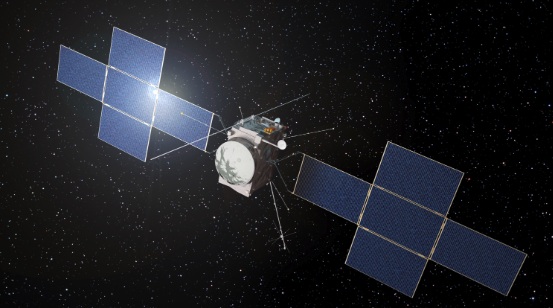
Table of Contents
Flight Paths
The flight path from Earth to Jupiter will last approximately seven to eight years. The spacecraft will orbit Jupiter’s moons for about three and a half years collecting data.
Flight Path to Jupiter
The JUICE mission will launch from the European Spaceport in Kourou, French Guiana. The Ariane 5, “The Heavy Launcher,” will carry the spacecraft.
The spacecraft will take advantage of gravity assists from Earth (three different times!), Venus and Mars to increase the spacecraft velocity and reduce the flight time.
Flight Path around Jupiter’s Moons
JUICE will use the gravity from Ganymede, Callisto, and Europa to adjust its flight trajectory during flybys past each moon to stabilize and optimize its orbit. JUICE will collect data from Jupiter, Callisto, and Europa during the flybys.
JUICE will be placed into a highly elliptical orbit around Ganymede before the mission’s conclusion.
Timeline
In 2022, the ESA finalized the launch window for the JUICE mission. Launching the spacecraft within this time window will allow gravity assistance from the Earth and Venus.
| Date | Event |
| April 5th-25th 2023 | Launch |
| August 2024 | Earth flyby-Gravitational Assist (1) |
| August 2025 | Venus flyby |
| September 2026 | Earth flyby-Gravitational Assist (2) |
| January 2029 | Earth flyby-Gravitational Assist (3) |
| July 2031 | Enter Jupiter Orbit |
| July 2032 | Europa flybys |
| August 2032-August 2033 | Callisto flybys |
| December 2034 | Enter Ganymede orbit |
| +200 DAYS | Possible mission extension |
| September 2035 | Crash spacecraft into Ganymede |
Mission Objective
JUICE has different objectives for three of Jupiter’s moons, Ganymede, Callisto, and Europa.
Ganymede
- Ocean water (sub-surface) characterization
- Search for theoretical subsurface water reservoirs
- Mapping the surface of the moon
- Topographical
- Geological
- Compositional
- Moons core characterization
- Internal mass distribution
- Evolution and dynamics.
- Exosphere
- Magnetic fields
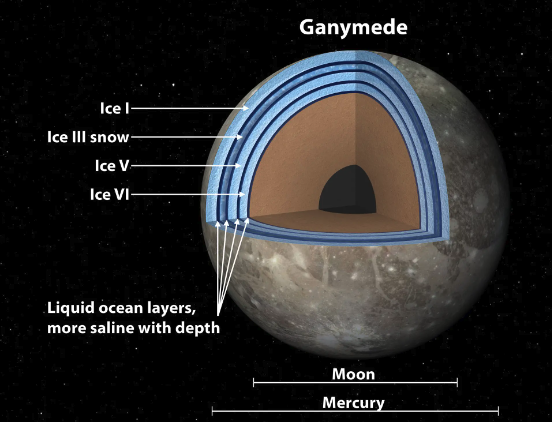
Callisto
Ganymede and Callisto have the same objectives.
Europa
- Organic molecules
- Formation of surface crust
- Non-water-ice elemental composition
What are Scientists the Most Excited About?
In a word, Habitability. Planetary scientists spent decades looking for planets in our galaxy similar to Earth in relation to their atmosphere and elemental composition.
Today scientists have shifted their telescope lens (so to speak) and are instead looking at planets and moons that might have subsurface oceans that can support life.
The Galilean moons of Jupiter are more similar to other planets than they are to other moons. Long considered dormant, cold, icy blocks of ice, the Galilean moons have planetary scientists enthused about potentially habitable underground oceans. There are two vital primary questions planetary scientists hope to be able to answer based on the data from JUICE.
- Does extra-terrestrial life exist? (Hint: Think single-cell organisms, not sharks and whales.)
- How are planets formed?
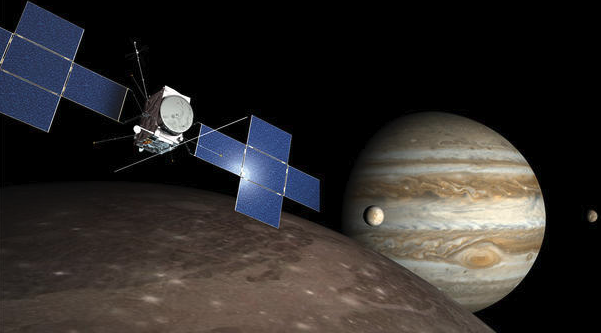
It’s Getting Busy Around Jupiter’s Moons!
The European Space Agency, NASA, and China are planning large-scale missions to Jupiter and its moons in the coming years.
- The ESA will launch the JUICE mission in 2022.
- NASA plans to send the Europa Clipper toward Jupiter’s moon Europa in 2024. The spacecraft should arrive around the same time window as the ESA’s JUICE. The Clipper will collect data to allow scientists to understand its capability of supporting life.
- China announced they’ll send the Tianwwen 4 to Jupiter’s moon Callisto in 2030. According to the China National Space Administration, “The scientific goals are still under consideration.”
Launch Time!
The eyes of the world will be on the JUICE mission when it arrives at Jupiter’s moons. With an eight-year flight time and a three to four-year mission after arriving at Jupiter, JUICE will send data for scientists to evaluate and debate for a long time. We can’t wait!

